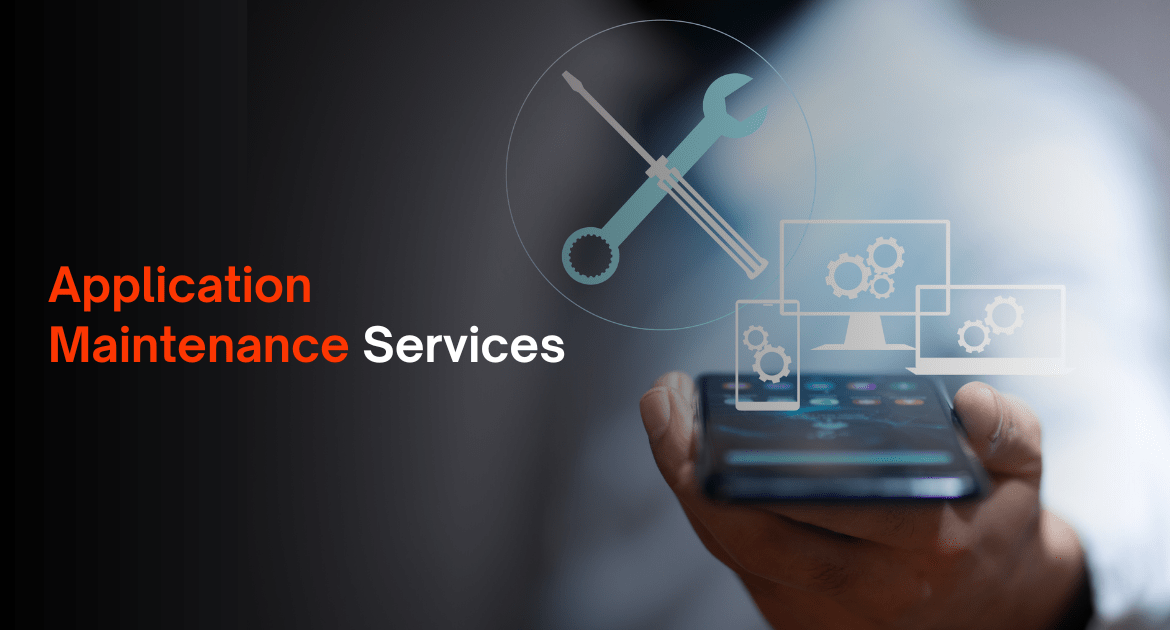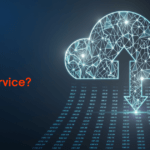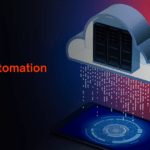Application Maintenance Services are vital for keeping your software running smoothly, efficiently, and securely. These services ensure that your applications are always up-to-date, free of bugs, and perform optimally. In this guide, we’ll dive deep into what application maintenance services are, the different types available, their benefits, and best practices to ensure your software remains in excellent condition.
What Are Application Maintenance Services?
Application Maintenance Services involve the continuous support and upkeep of software applications to ensure they function correctly and meet evolving business needs. These services cover everything from fixing bugs to performance tuning and security updates. Essentially, they keep your software applications healthy and efficient.
Types of Application Maintenance Services
- Adaptive Maintenance Adaptive maintenance involves updating and modifying applications to keep them compatible with changing environments. This can include updates to operating systems, hardware, or third-party software that the application depends on.
- Corrective Maintenance Corrective maintenance focuses on fixing errors and bugs that may arise during the application’s lifecycle. This ensures that any issues are promptly addressed to maintain smooth operation.
- Perfective Maintenance Perfective maintenance is about improving and enhancing the application’s functionalities based on user feedback and evolving business requirements. This can include adding new features or optimizing existing ones.
- Preventive Maintenance Preventive maintenance aims to anticipate and prevent potential issues before they occur. This involves regular monitoring and maintenance to avoid future problems and ensure the application remains reliable.
Benefits of Application Maintenance Services
Application Maintenance Services offer numerous benefits, ensuring your software remains effective and efficient. Here are some key advantages:
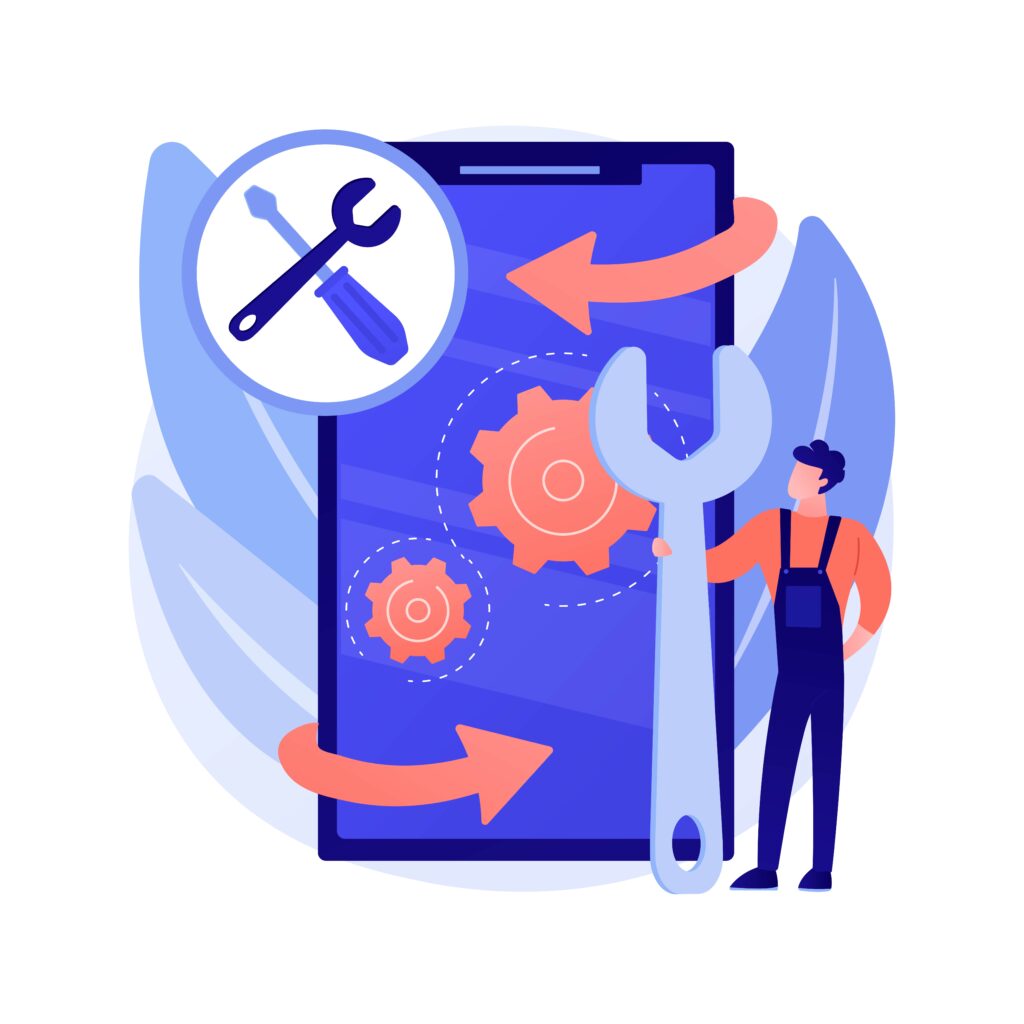
- Continuous Functionality Regular maintenance ensures your application continues to function correctly, reducing the risk of downtime and disruptions.
- Enhanced Performance By optimizing performance, application maintenance services help your software run faster and more efficiently, providing a better user experience.
- Improved Security Regular updates and security patches protect your application from potential threats, keeping your data safe and secure.
- Cost Savings Proactive maintenance can help avoid costly repairs and downtime, saving your business money in the long run.
- Adaptability Maintenance services help your application adapt to changing business needs and technological advancements, ensuring it remains relevant and useful.
- User Satisfaction Well-maintained applications provide a smooth and hassle-free experience for users, leading to higher satisfaction and engagement.
Key Activities in Application Maintenance Services
Effective application maintenance involves several key activities, each crucial to ensuring your software remains in top condition:
- Bug Fixing Identifying and resolving software bugs to ensure the application operates without errors.
- Performance Optimization Analyzing and improving the application’s performance to enhance speed and efficiency.
- Security Updates Applying necessary patches and updates to address security vulnerabilities and protect against threats.
- Compatibility Checks Ensuring the application is compatible with different platforms, operating systems, and devices.
- Code Maintenance Reviewing and refactoring the codebase to enhance readability, maintainability, and adherence to coding standards.
- Database Maintenance Optimizing and managing the database to ensure efficient data storage, retrieval, and integrity.
- User Support Providing assistance to users with queries, troubleshooting issues, and offering technical support.
- Continuous Monitoring Monitoring the application’s performance, server uptime, error logs, and user feedback to detect and address issues promptly.
Common Challenges in Application Maintenance
Maintaining an application can come with its own set of challenges. Here are some common issues that businesses might face:
- Legacy Code Dealing with outdated or poorly documented code can be difficult and time-consuming.
- Knowledge Transfer When maintenance teams change or new members join, transferring knowledge about the application’s architecture, dependencies, and business rules can be challenging.
- Scalability and Performance As the application grows, ensuring it scales well and performs optimally can be complex.
- Integration Issues Maintaining compatibility with external systems, APIs, or databases can pose challenges, especially when these external dependencies change.
- Security Vulnerabilities Keeping the application secure requires constant vigilance and timely updates.
- Change Management Implementing new features or updates while minimizing disruptions requires careful planning and testing.
- Technical Debt Accumulated technical debt, such as outdated libraries or suboptimal design choices, can impede maintenance efforts.
- Documentation and Communication Inadequate or outdated documentation, as well as ineffective communication between teams, can hinder troubleshooting and decision-making.
Best Practices for Application Maintenance
To effectively manage and organize application maintenance tasks, consider these best practices:
- Prioritize and Categorize Tasks Sort tasks based on their impact and urgency to ensure critical issues are addressed first.
- Establish a Maintenance Schedule Regularly scheduled maintenance prevents ad-hoc approaches and ensures consistent upkeep.
- Use a Task Management System Implement a system to track and manage maintenance tasks efficiently.
- Adopt Version Control Utilize version control systems to manage code changes effectively.
- Document and Share Knowledge Maintain up-to-date documentation and encourage knowledge sharing within the team.
- Implement Testing and Quality Assurance Thorough testing practices ensure the stability and quality of the application.
- Continuously Monitor and Analyze Use monitoring tools to proactively identify and address issues.
- Foster Collaboration and Communication Encourage teamwork and open communication channels to improve efficiency.
Choosing an Application Maintenance Services Provider
Selecting the right provider for your application maintenance services is crucial. Here are some tips to help you make the best choice:
- Expertise and Experience Look for a provider with relevant experience and expertise in application maintenance.
- Clear SLAs Ensure they offer clear Service Level Agreements outlining maintenance services, response times, and issue resolution procedures.
- Proactive Approach Choose a provider that actively monitors and improves application performance and security.
- Scalability and Flexibility Verify their ability to scale services and handle changing business needs effectively.
- Communication and Transparency Opt for a provider that maintains open communication channels and provides regular updates.
- Security Measures Ensure they follow robust security practices to protect your application and data.
- Cost-Effectiveness Evaluate the overall cost-effectiveness of their services while considering quality.
- Client References and Reviews Check client references or read reviews to gauge their reputation and customer satisfaction levels.
Understanding the Different Forms of Application Maintenance
Application Maintenance Services cover a wide range of activities designed to keep your software in optimal condition. Here’s a deeper look into the different forms:
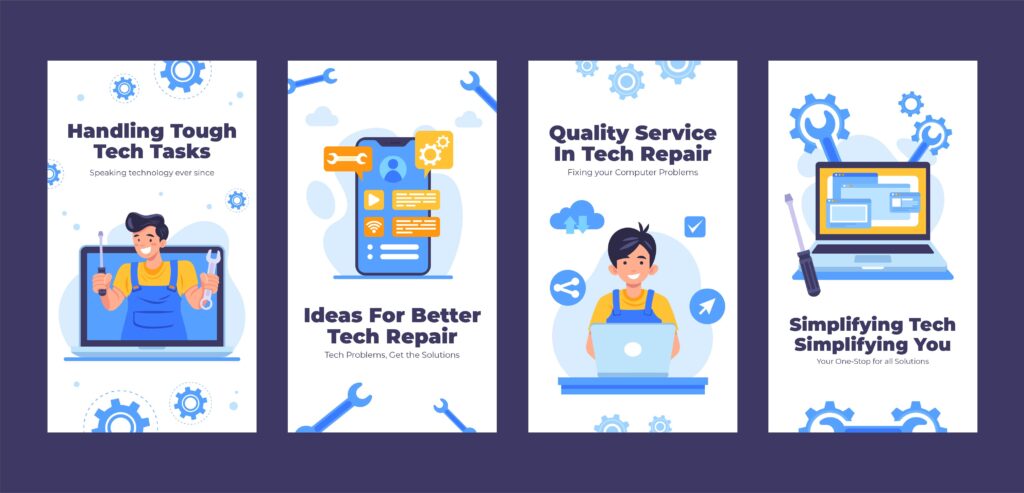
1. OS & Server Migration Our professionals review your business’s existing applications and suggest if any OS updates or system migration are required. This includes:
- Linux to Windows migration
- Operating system updates
- Application server migration
2. 3rd Party Maintenance Our mobile/web software application maintenance services team employs various techniques to identify issues in your software and provide support services, including:
- Technology advisory services
- Full-stack security & vulnerability support
- Tax, regulatory, and compliance update
3. Bug Fixes & Task Tracking We ensure that your ongoing tasks continue smoothly while fixing bugs in the stable software. This involves:
- Pre-support audits and break fixes
- Full support for standard code & interfaces
- Enhancement, service pack/tools installation
4. Dedicated App Maintenance Upgrade your multi-platform application maintenance and support capabilities with our independent software maintenance services that adhere to the highest security and industry standards. This includes:
- Technology consulting solutions
- Application migration and upgradation
- Hybrid app integration services
5. Application Re-engineering Our application integration & re-engineering services address your development, design, integration, testing & deployment requirements to connect unique functionality & data with modern architectures & platforms. This includes:
- Legacy app and data migration
- Plugin, chrome extensions, and API integration
- Add-on and server integration
6. DevOps Solutions DevOps automates software delivery processes and ensures the scalability and security of large enterprises and startups’ infrastructure. Our DevOps maintenance and support services include:
- DevOps testing services
- DevOps configuration management
- DevOps consulting services
7. Pre-Support Audit Pre-support audit promotes timelines and regulatory compliances, reducing the add-ons that drive up development costs. This includes:
- Version upgrades and enhancements
- Performance testing & monitoring
- Performance tuning/optimization
Best Practices for Managing Application Maintenance
Managing and organizing application maintenance tasks effectively requires strategic planning and execution. Here are some best practices to follow:
- Prioritize and Categorize Tasks Sort tasks based on their impact and urgency. Categorize them into different types such as bug fixes, performance optimization, security updates, or feature enhancements.
- Establish a Maintenance Schedule Create a regular maintenance schedule to allocate dedicated time for addressing maintenance tasks.
- Use a Ticketing or Task Management System Implement a system to track and manage maintenance tasks efficiently. Assign tasks to specific team members, set deadlines, and track progress.
- Adopt Version Control Utilize a version control system like Git to manage code changes effectively.
- Document and Share Knowledge Maintain up-to-date documentation regarding the application’s architecture, dependencies, known issues, and resolutions.
- Implement Testing and Quality Assurance Introduce thorough testing practices to ensure the stability and quality of the application after maintenance tasks are performed.
- Continuously Monitor and Analyze Implement monitoring tools and processes to proactively monitor the application’s performance, security, and user feedback.
- Foster Collaboration and Communication Encourage collaboration and communication among team members and stakeholders. Regularly review progress and hold meetings for feedback and planning.
Conclusion
Application Maintenance Services are essential for keeping your software applications running smoothly and efficiently. By understanding the types of maintenance, the benefits they offer, and best practices for managing them, you can ensure your applications remain reliable, secure, and up-to-date. Whether you choose to manage maintenance in-house or hire a specialized provider, the key is to be proactive and thorough in your approach. This will help you maximize the value and lifespan of your software, ensuring it continues to meet your business needs and provide a great user experience.
By prioritizing and investing in Application Maintenance Services, you can safeguard your software’s performance, security, and longevity, ultimately supporting your business’s success.
For any inquiries or to learn more about our Application Maintenance Services, Contact Us. We’re here to help you keep your applications at their best


